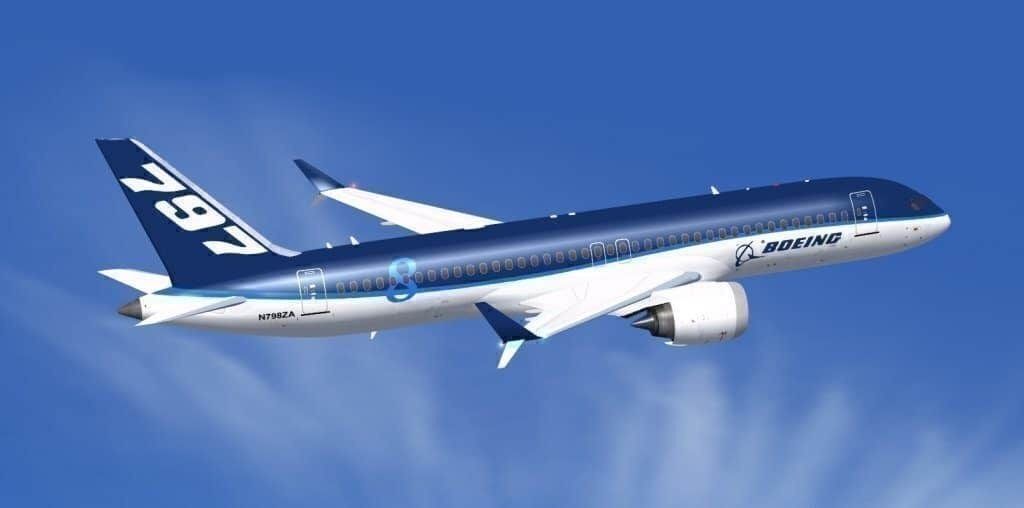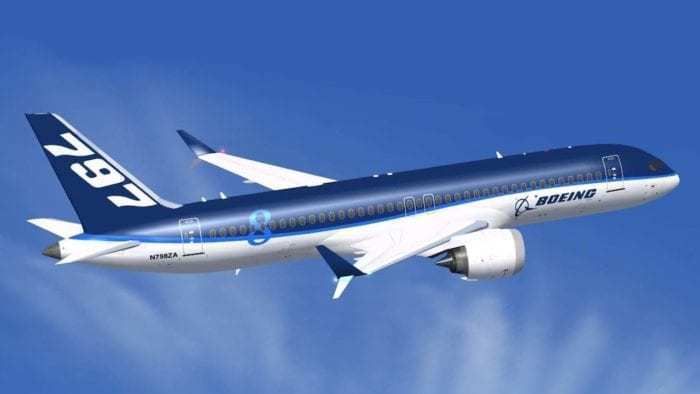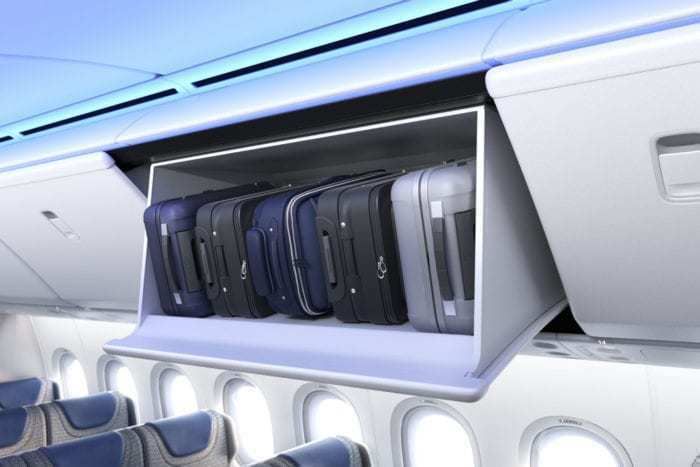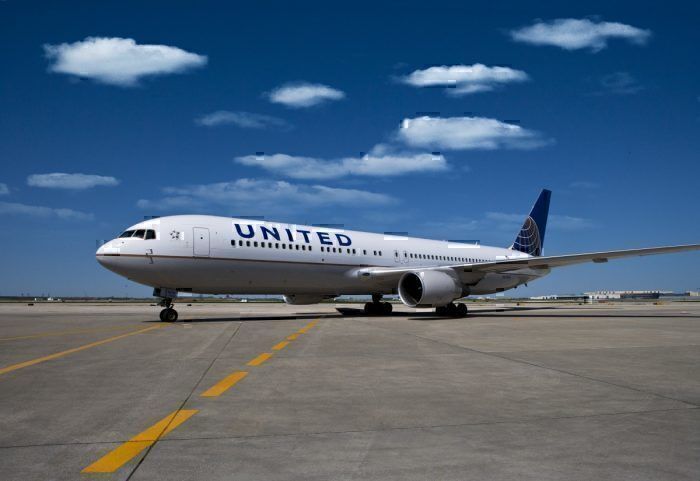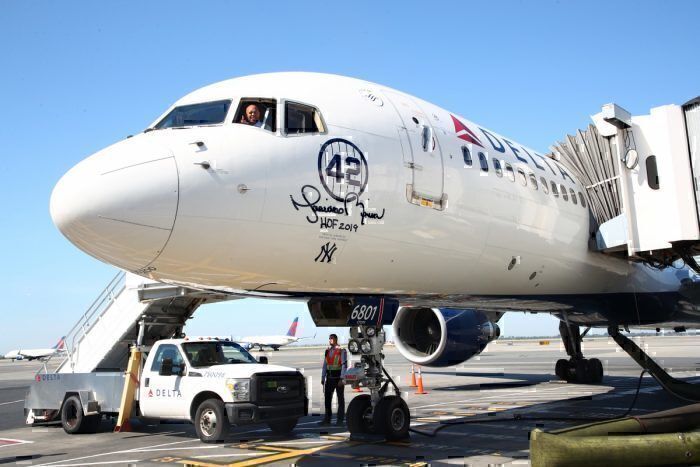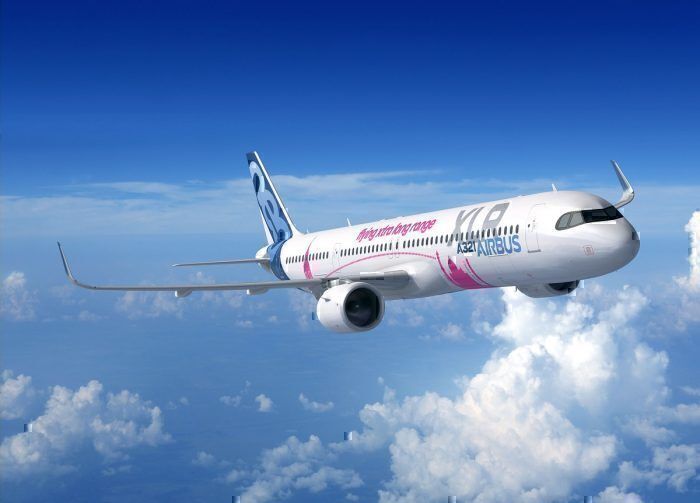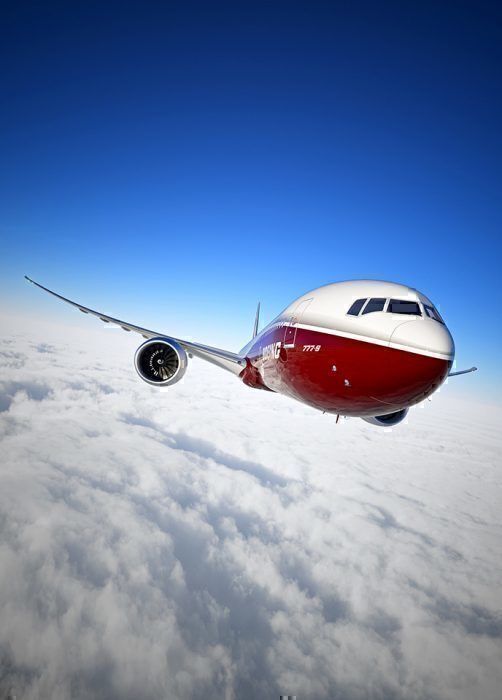The proposed new midsize airplane (NMA) from Boeing, also known as the Boeing 797, promises to bring new capabilities and new benefits to air travel. From its potential one pilot operation to short haul twin aisle comfort, the 797 could be just what aviation needs. But questions remain over when it will be built, or indeed if, and whether operators can really wait that long.
While the continual Boeing news is all about the 737 MAX and getting that jet back into service, some airlines are waiting for news of a very different aircraft entirely. No, we’re not talking about the hotly anticipated 777X, a plane which has met with delay after delay; we’re talking about the next project after that – the ‘New Midsize Airplane’, also known as the 797.
When, and indeed if, the NMA comes to fruition, it could be a revolutionary aircraft for both airlines and passengers. Let’s take a look at how it could change operations, and whether it’s nothing but a middle sized pie in the sky.
Update: 03/10/2019 @ 18:22: Following a discussion with Boeing, we have removed all references to a one pilot operation. Boeing's statement on this rumor is as follows:
“We remain focused on executing on our commitments, including evaluating the business case for the NMA. With that said, should we launch, the NMA flight deck is being designed for two pilots and we’ve been consistent that we don’t see NMA as a technology push airplane,” Boeing statement to CNBC.
What’s good about the proposed NMA?
If and when the 797 is developed, early indications are that it will be a plane that is loved by both airlines and passengers. So far, we know it’s going to be a middle-of-the-range airplane, with a capacity for 220-270 passengers and a range somewhere in the region of 5,000 nmi. In theory, it should slot neatly between the 737 and 787 families, to cater to that middle section of the market.
For passengers, the 797 promises to bring widebody comfort to point to point routes. The 2-3-2 layout will go some way to eliminating the economy crush, with bigger overhead bins and less traffic in the aisle. Most importantly, the aircraft is perfectly suited to underserved or unserved routes, a figure that Boeing puts at 30,000 city pairs, potentially boosting connectivity for passengers from less urban areas.
There’s a benefit for airlines too, in terms of operational cost, as the high fuel efficiency of the 797 would make it an attractive proposition for the medium-haul market.
Is it needed?
In short; yes. As the only like-for-like replacement for the popular Boeing 757 and 767 range, the 797 has been a long time coming or some operators.
United Airlines, for example, operates a fleet of 76 757s and 54 767s, all of which are averaging over 22 years old. Icelandair’s huge fleet of 27 Boeing 757s average almost 24 years of age, and are frequently plagued with reliability issues.
The biggest beneficiary of the 797, however, is arguably Delta Air Lines, with their fleet of almost 200 757 and 767 aircraft in total. Averaging 22.1 years old across the two types, Delta is close to desperate to replace these aircraft, but nothing short of the proposed 797 really fills the niche.
Just this week, Delta’s CEO Ed Bastian has said he will wait for the 797 to replace Delta’s aging 757 and 767 fleet. Speaking to Bloomberg, he said,
“I do anticipate they will do it. I hope they will do it. We have a significant need between the retirements of the 757 and 767 fleets. That’s almost 200 aircraft over the next decade.”
Too little, too late?
Although Boeing’s heart is in the right place, one has to wonder, are they going to be too late to the party? The worldwide fleet of 757s and 767s are pushing 20 years of age on average, and airlines are actively looking to the world’s two biggest planemakers for a replacement.
Airbus has not exactly developed an NMA alternative. What they’ve said in the past is that a combination of their smallest A330, combined with the largest, extra-long range version of their A320 family, the A321XLR, between them tick most of the boxes for 757 and 767 replacement. More importantly, they are available now, require no retooling or rectification for airlines and pilots and are real, not a mere boardroom daydream.
In just the past week, staunch Boeing loyalist SpiceJet has revealed an interest in the Airbus A320 family. In light of the MAX fiasco, and with no progress becoming apparent on the 797, SpiceJet is mulling a massive order of an Airbus manufacturer alternative.
On the 24th September, Ajay Singh, chairman of SpiceJet, told Bloomberg that the airline is looking to the Airbus A321XLR as a potential solution to the NMA gap. Although SpiceJet itself does not have any 757s or 767s to retire, it is nonetheless seeking international expansion, but with something smaller (and less expensive) than the Dreamliner family.
As a result of Airbus’ early entry into the NMA market, the European planemaker has offered a revised estimate of the market for Boeings 797. They are under no illusions that they are already taking the early market by storm, and will continue to do so for some time. As such, Airbus, as reported by Flight Global, has published a revised 797 demand estimate of around 2,500 aircraft, at best. This is significantly less than the 4,000 – 5,000 that Boeing originally estimated.
What’s keeping them?
With Airbus seemingly steamrollering into the NMA space with their combination of a long range A321 and a smaller A330, shouldn’t Boeing be pulling out all the stops to get their concept onto the table? You’d think so, but over in the US, the planemaker has some other bugbears to contend with.
To put it simply, there’s a to-do list on Muilenburg’s desk, and it starts with the 737 MAX. Once that issue is resolved, it will be full steam ahead to get the 777X certified in time for its anticipated 2021 entry into service. When the ball is well and truly rolling on this, then and only then will attention turn to any new aircraft being added to the stable.
While Boeing may not have yet completely missed the boat, they are starting out on the back foot. Airbus’ solutions do not, by any means, tick all the boxes, and it’s almost guaranteed that Boeing’s NMA will be far and away the better solution for the aircraft gap. It all comes down to just how long operators can continue to limp forward with aging mid-sized jets, and whether they are willing or able to wait.

